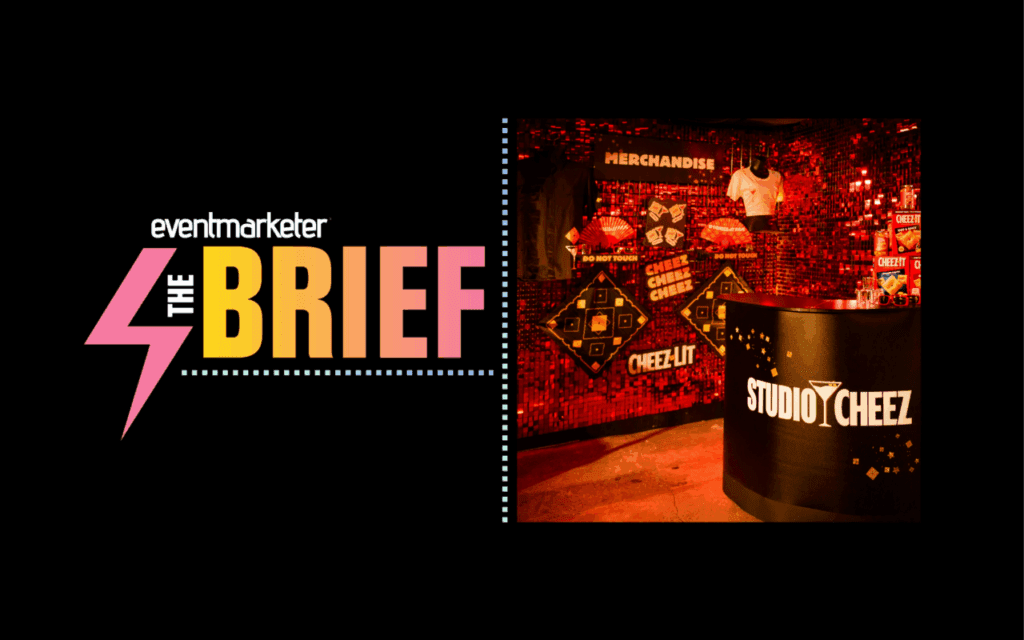While some B-to-B marketers are considering going on the road again, many are turning to virtual conferences to engage customers and prospects who might not have the time—or budget—to travel.
Software firm Compuware is one such firm. It took its biannual user conference virtual, working with Unisfair to stage a live online event three times in one day across the globe.
Compuware is an application development platform that provides testing solutions and products to help customers make sure their technology works the way it should. Typical clients are businesses with “mission critical” situations, such as airlines that need to maintain flight schedules.
The sales cycle is typically long, with sales made through dedicated salespersons and a value-added reseller network. To network with users, in-person user conferences were traditionally held in large European cities. But when the economy worsened, people weren’t as able to travel, so Compuware looked at other alternatives to live events, says Zulyaka Martis, the company’s marketing campaign manager.
Virtual Learning Curve
While there was initial enthusiasm for the idea of a virtual event, Martis notes that it took time for both customers and employees to understand the concept. “There was a learning curve, because virtual conferences aren’t as well known in Europe and Asia as they are in the United States,” she says. “We had to educate our customers in our email promotions and explain what they needed to do and make them comfortable.”
The event in spring 2010 was promoted by a viral video done as an homage to the Quentin Tarantino movie “Reservoir Dogs,” using Compuware developers and well-known industry faces. Email blasts last year targeted only customers, but this year, prospects will be contacted as well.
To ensure that everything went smoothly, the presentations were recorded before the day of the event. After the half-hour videotaped sessions were shown, there was 50 minutes of live Q&A with a moderator who asked the presenters questions submitted by attendees.
To cater to clients in multiple time zones, the three-hour virtual event followed the sun: It was held once for Asia and Australia, then again for Europe, and then finally for the Americas.
“We were here until 3 a.m.,” says Martis, who is based in Amsterdam. “We were so tired by the end, but we were also so psyched because people were very enthusiastic.”
Attendees responded particularly well to the experience of being online with their peers and interacting in the exhibit all—where they could ask questions of Compuware’s technical developers.
A second event is slated for early May. Based on feedback from the first event, this time the moderator and presenters will appear on screen via live webcam as they answer questions during the Q&A. In the initial event, viewers only heard the questions being answered in an audio feed.
A scavenger hunt and iPad raffle will also be incorporated to get people to view more presentations and circulate through the exhibit hall.
Grab Their Attention
Virtual events must be engaging, says Joerg Rathenberg, vice president of Unisfair, an Intercall company. If people are bored at a live event, they are likely to just stay in their seats because (a) they paid to travel to the event and (b) they might not have anywhere else to go. “But in a virtual event, you’ve got someone’s attention for maybe 20 minutes before they switch off and start checking email and spreadsheets,” he says.
Some companies use virtual events in place of live events, while others might use a virtual happening to kick off a live event—say, doing an online event prior to a five-city, in-person user tour. As for the length of a virtual event, that depends on the needs of the marketer. Some go on for a few hours, some for a few days, and others indefinitely.
IBM, for example, created an ongoing Virtual Event Center last year to get more mileage out of content and “venues” created for other successful virtual events. There are 80 different virtual halls run by different entities within the company that can be updated or changed as IBM sees fit.
Measuring Success
While Compuware didn’t have specific metrics in place for the first event, Martis notes that the company did have 25% year-over-year growth on new licenses.
In a virtual event, there are many ways to track the metrics, says Rathenberg. For example, a number can be assigned to each attendee, and points awarded to them based on their activity—for example, 100 points for talking to a booth rep, 80 points for watching a seminar, and so on. Based on attendees' points, an event sponsor can see which leads should go to which salespeople.
“If they download a whitepaper, we know it. If they talk to another attendee, we know it. It’s up to the client which behavior is recorded,” says Rathenberg, noting that in some industries—pharmaceuticals, for example—there are many restrictions on what behavior you can track.
In Unisfair’s conferences, each attendee is represented by a virtual business card featuring his or her photo. At the conference, people can search for people they know or chat with people with similar interests.
As for the appearance of the show, Rathenberg notes, many clients try to make their virtual event look like a real-world trade show hall. But that restriction doesn't exist in cyberspace. “You can customize the environment to make it look like what you want,” he says. “It doesn’t have to look like the inside of a building—it could look like a meadow or a spaceship or a parking lot. One client created a beach and had all the speakers wear Hawaiian shirts.”

 Network
Network

